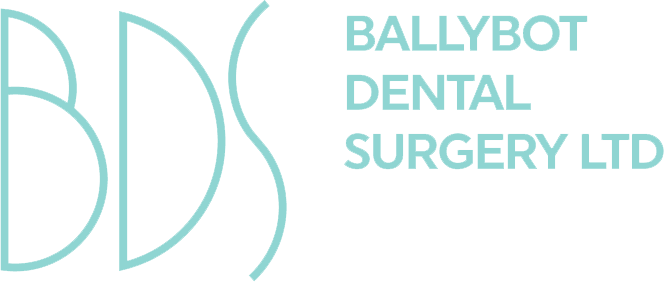Orthodontics
Orthodontics
The Clearstep brace is another type of ‘invisible brace’ which is worn to treat a range of orthodontic problems as well as improving your facial appearance, e.g. your smile. Clearstep, Invisalign and Simpli5 are all popular types of brace which are chosen for their attractive appearance, lightweight design and flexibility.
These braces work quickly and smoothly. There is minimal pain and discomfort and a guaranteed outcome. Treatment takes between 9 and 18 months.
What are Clearstep braces?
The Clearstep brace is made from clear plastic and looks similar to a gumshield, worn by people who play contact sports. It is comprised of a series of clear aligners which are responsible for moving your teeth into the desired position.
This brace is suitable for children and adults and is easy to use. You pop the brace in your mouth and remove it before eating, cleaning your teeth or playing sport.
What do Clearstep braces treat?
This brace treats a range of orthodontic problems which include gappy teeth, overcrowding and a ‘bad bite’ (malocclusion). It is an effective form of treatment which appeals to patients who dislike the thought of wearing a noticeable brace.
Advantages of Clearstep braces
There are several benefits to wearing this type of brace which are:
- Can be worn by patients of all ages – young and old
- Practically invisible to the casual observer
- Can be removed before eating, drinking or brushing the teeth
- Comfort: this brace does not cause any friction against the teeth or gums.
- Protects the biting/chewing edges of the teeth
- Ideally suited to busy lifestyles
These are all good reasons for choosing this brace.
Are there any downsides with this brace?
There are a couple of issues to consider:
Firstly, this brace whilst removable, does need to be worn for 22 hours each day. And it has to be exchanged every two weeks for a new brace. This is a big commitment on your part.
Secondly, it is not suitable for every orthodontic condition. If you have a severe form of malocclusion (or ‘bad bite’) then a conventional brace is a better option, and more likely to work.

